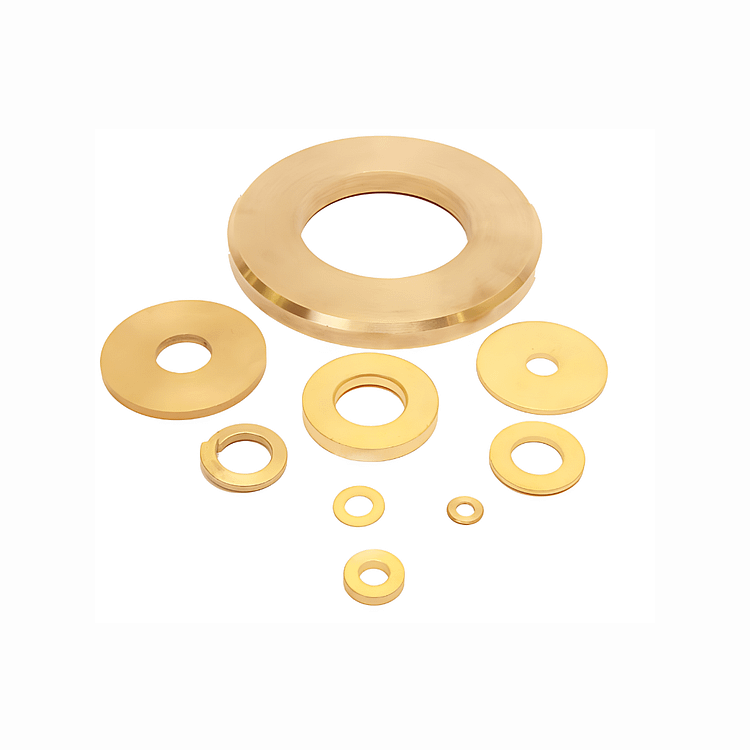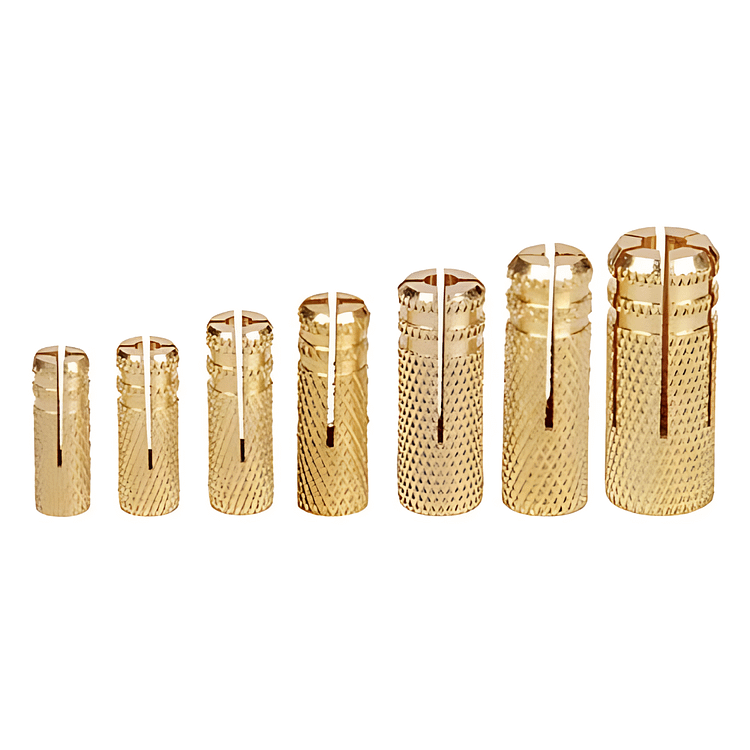


Brass Construction Parts
Brass construction parts play a vital role in various building applications, offering durability, versatility, and aesthetic appeal. Made from a copper and zinc alloy, these parts provide reliable performance in both structural and decorative elements. Here’s a closer look at the key benefits and uses of brass construction parts.
Durability and Strength
Brass construction parts are known for their durability and strength, making them ideal for structural components such as fasteners, connectors, and fittings. The robust nature of brass ensures that these parts can withstand heavy loads and harsh environmental conditions without compromising integrity.
Corrosion Resistance
One of the significant advantages of brass construction parts is their excellent resistance to corrosion. Unlike ferrous metals, brass does not rust when exposed to moisture, making it suitable for outdoor and marine applications. This corrosion resistance ensures longevity and reduces the need for frequent maintenance.
Aesthetic Appeal
In addition to their functional benefits, brass construction parts offer a distinct aesthetic appeal. The golden hue of brass adds a touch of elegance and sophistication to architectural elements such as railings, door hardware, and decorative accents. Brass parts enhance the visual appeal of buildings while maintaining structural integrity.
Versatility in Applications
Brass construction parts find applications in various building projects, including residential, commercial, and industrial settings. From plumbing and HVAC systems to interior finishes and exterior facades, brass parts provide versatile solutions for diverse construction needs. Their adaptability makes them suitable for both functional and decorative purposes.
Thermal Conductivity
Brass exhibits excellent thermal conductivity, which is beneficial in construction applications where temperature regulation is essential. Brass parts help dissipate heat efficiently, contributing to energy efficiency and comfort in buildings. This thermal property ensures that brass construction parts maintain stability under changing environmental conditions.
Easy Machinability
Brass is highly machinable, allowing for the precise fabrication of construction parts with intricate designs and tight tolerances. This ease of machining enables manufacturers to produce customized brass components tailored to specific building requirements. Brass parts can be easily modified or adapted for various construction applications.
Environmental Sustainability
Brass is an environmentally sustainable material due to its recyclability and long lifespan. Using recycled brass in construction parts helps reduce the demand for new raw materials and minimizes environmental impact. The durability and corrosion resistance of brass also contribute to sustainability by reducing waste and the need for frequent replacements.
Conclusion
Brass construction parts offer a unique combination of durability, corrosion resistance, aesthetic appeal, and versatility. Their use in building projects enhances both structural integrity and visual appeal, making them indispensable in modern construction. By incorporating brass components into architectural designs, builders and architects can create functional, durable, and aesthetically pleasing structures that stand the test of time.



